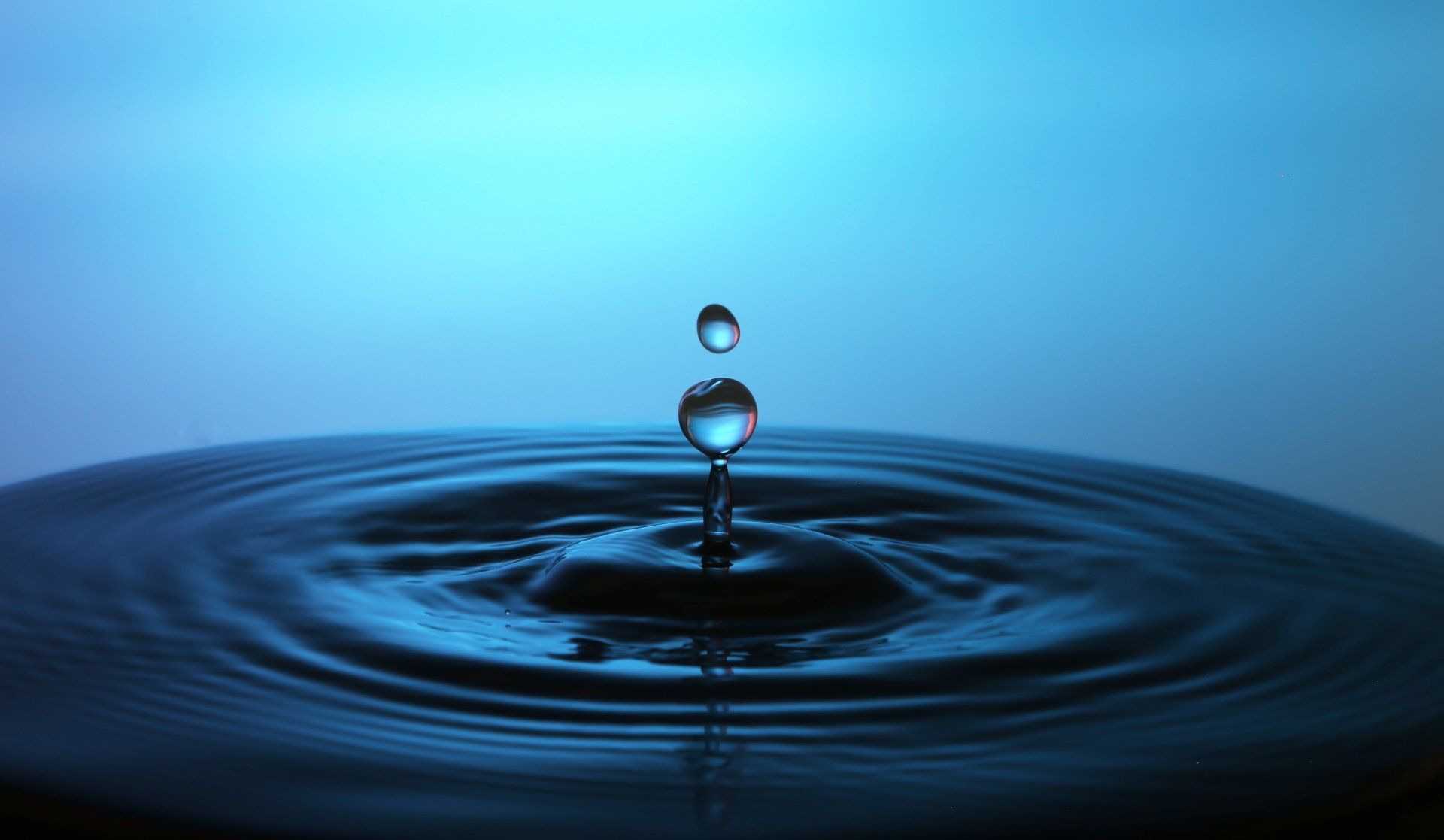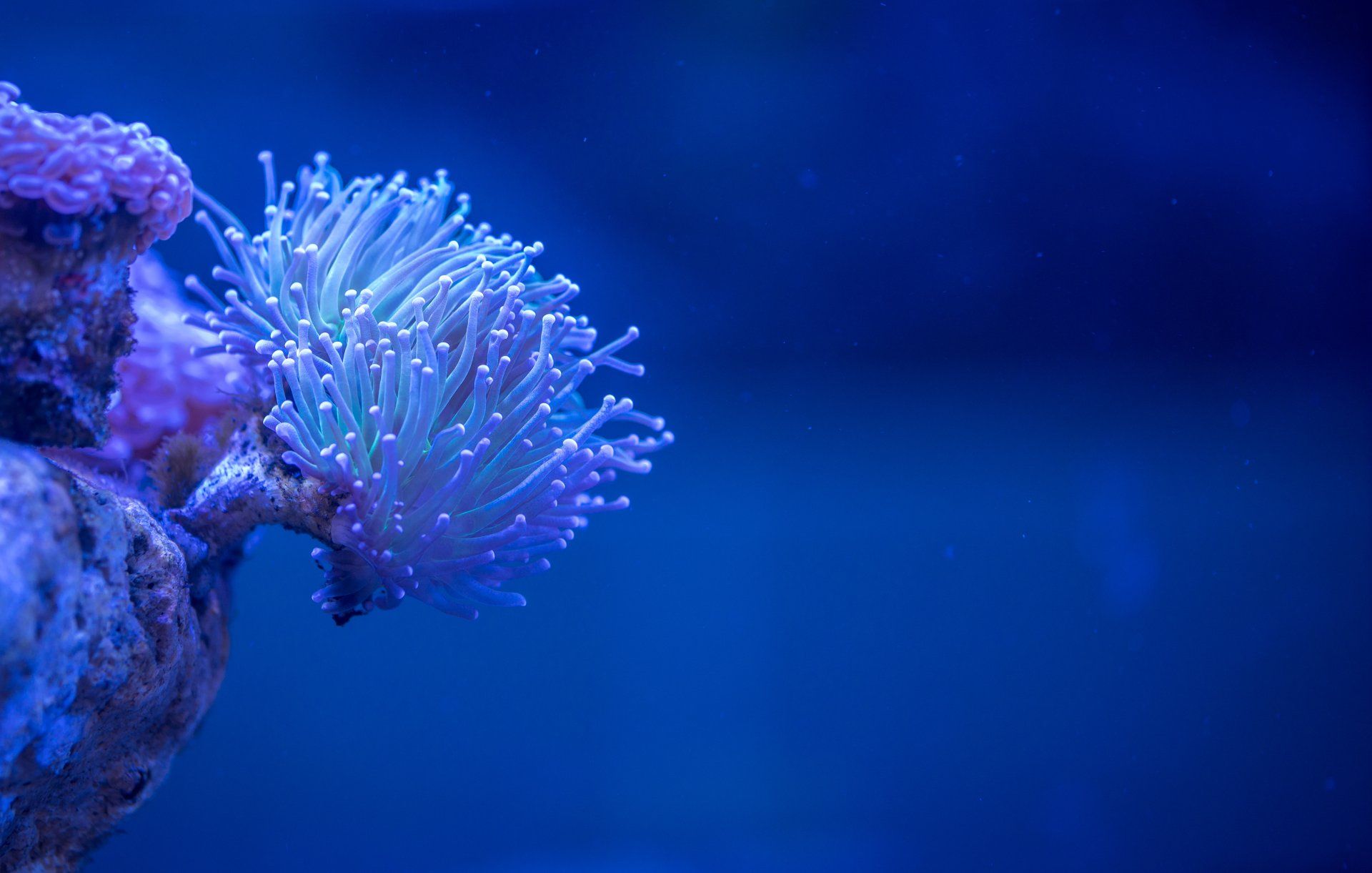Reversed Osmosis (RO): How Does It Work And What Are The Advantages And Disadvantages
Reversed osmosis(RO), the famous water purification technology with the beautiful name. Some how it just sounds much better than
UV disinfection or mechanical filtration. We will dive into the details on; what is RO, how does RO work, what are the advantages and disadvantages of RO and what can be removed with RO.
What is reversed osmosis?
Let us first look at the name reversed osmosis, what reversed is we will not mention. If we look to osmosis then this is a process in which molecules of a solvent pass a semipermeable membrane from a less concentrated into a more concentrated solvent, now that this is clear we already have a basic understanding of reversed osmosis.
What do the dictionaries say about this:
"the process in which pure water is produced by forcing waste or saline water through a semipermeable membrane."
Source: https://www.dictionary.com/browse/reverse-osmosis
"a method of extracting essentially pure, fresh water from polluted or salt water by forcing the water under pressure against a semipermeable membrane, which passes the pure water molecules and filters out salts and and other dissolved impurities"
Source: https://www.yourdictionary.com/reverse-osmosis
How does reversed osmosis work?
In reversed osmosis, an applied pressure is used to overcome the osmotic pressure and in this way, you can remove various unwanted molecules, larger particles or ions from for example water. This process works like other common membrane technology applications and the pore size of the membranes is .0001 micron which is extremely small.
Advantages reversed osmosis
- Reversed osmosis does not add any chemicals to water
- Reversed osmosis does produce good tasting potable water
- Reversed osmosis can remove many molecules and substances efficiently
- Reversed osmosis costs are relatively low
Disadvantages reversed osmosis
- Reversed osmosis causes a lot of wastewater
- Reversed osmosis often needs other purification technology as pretreatment steps
- Reversed osmosis membranes might need to be replaced often
- Damaged reversed osmosis membranes can let microorganisms through
- Reversed osmosis is a slow process which makes it not always suitable
What can be removed via reversed osmosis?
Typical applications of reversed osmosis are potable water production, desalination of water, wastewater purification, kidney dialysis and various other water application that require better water quality. A lot can be removed with the reversed osmosis technology; protozoa (giardia, cryptosporidium, etc.), bacteria (salmonella, E. coli, etc.), viruses(rotavirus, norovirus, etc.) and various chemical contaminants like metal ions, pfas, and salts.
Reversed osmosis quality standards
In case you are planning some test on RO membranes below list of test methods might help you, there are of course much more test methods available, but these can get you started.
- ASTM D3739 - 19 en - Standard Practice for Calculation and Adjustment of the Langelier Saturation Index for Reverse Osmosis
- ASTM D4516 - 19 en - Standard Practice for Standardizing Reverse Osmosis Performance Data
- ASTM D4472 - 08(2014) en - Standard Guide for Record keeping for Reverse Osmosis and Nanofiltration Systems
- ASTM D5615 - 07e1 en - Standard Test Method for Operating Characteristics of Home Reverse Osmosis Devices
- ASTM D3923 - 08(2014) en - Standard Practices for Detecting Leaks in Reverse Osmosis and Nanofiltration Devices
- ASTM D4194 -03(2014) en - Standard Test Methods for Operating Characteristics of Reverse Osmosis and Nanofiltration Devices
- ASTM D4195 - 08(2014) en - Standard Guide for Water Analysis for Reverse Osmosis and Nanofiltration Application
- ASTM D4993 - 08(2014) en - Standard Practice for Calculation and Adjustment of Silica (SiO2) Scaling for Reverse Osmosis
- ASTM D4692 - 01(2017) en - Standard Practice for Calculation and Adjustment of Sulfate Scaling Salts (CaSO4, SrSO4, and BaSO4) for Reverse Osmosis and Nanofiltration
In this blog we went into the basics of the purification technique RO. We did elaborate on the following themes; what is RO, how does RO work, what are the advantages and disadvantages of RO and what can one remove with RO. Also read our other and future blogs about various purification techniques.





